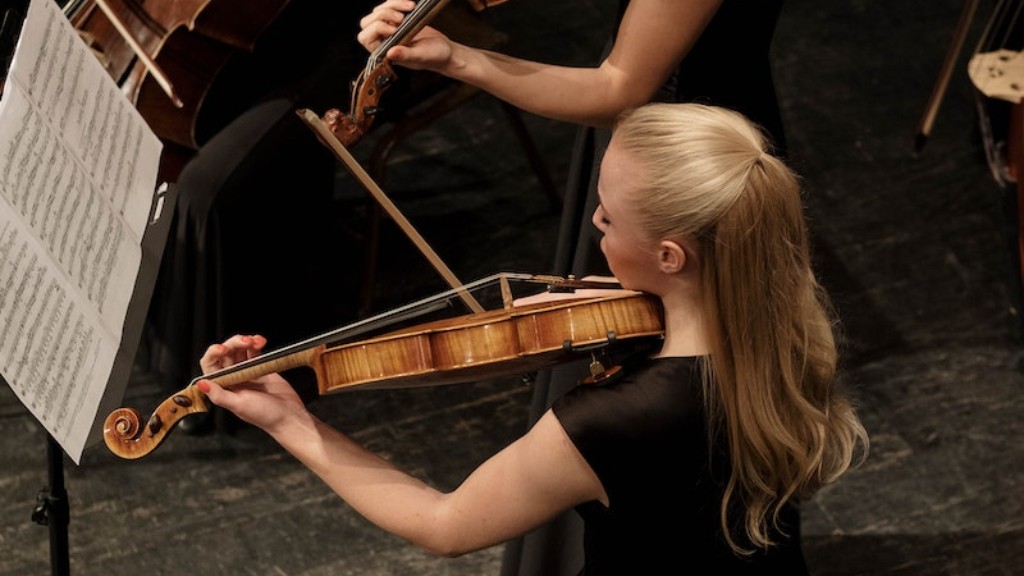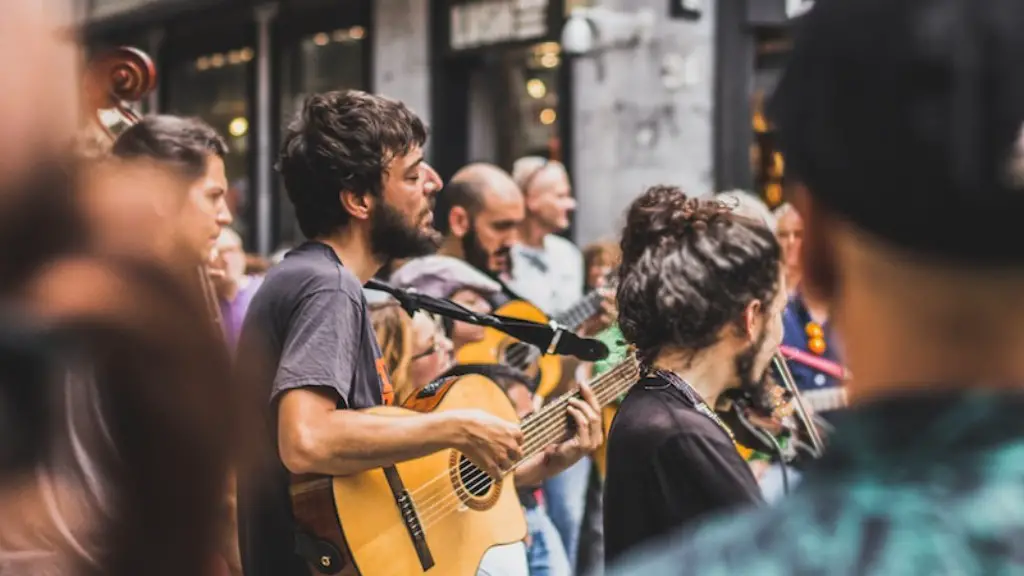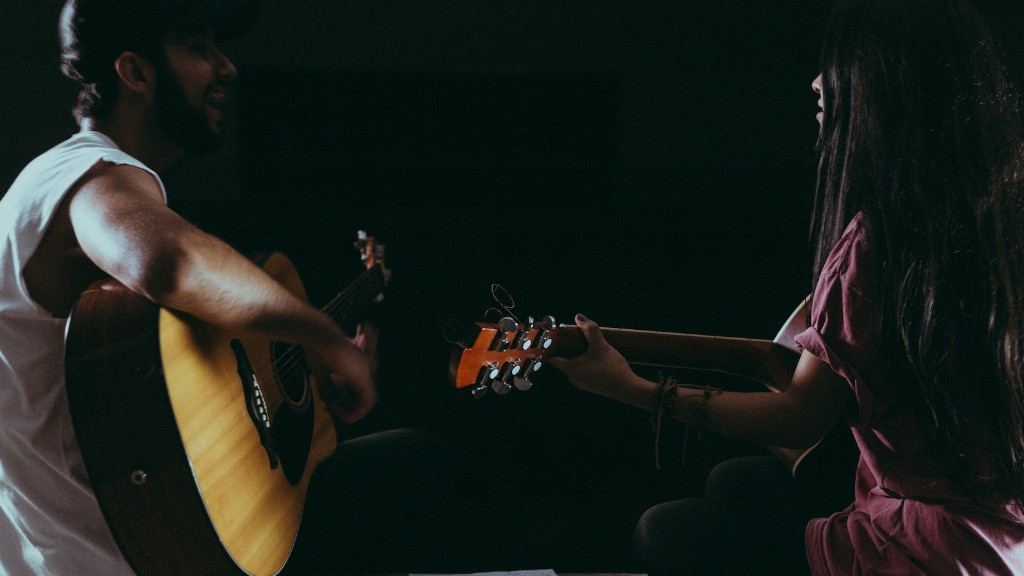When creating an image, there are a few key things to keep in mind in order to compose a successful one. The first is to choose a focal point, or the main subject of the image, and make sure it is in sharp focus. This will help to draw the viewer’s attention to the subject. The second is to use leading lines, or lines that lead the eye toward the focal point, to help create a sense of depth and movement in the image. Finally, be sure to take into account the rule of thirds, which states that an image should be divided into thirds both horizontally and vertically, with the focal point placed at the intersection of those lines. By following these guidelines, you can create an image that is well-composed and eye-catching.
To compose an image, you will need to think about the elements that you want to include in the frame and how you want them to be arranged. You will also need to consider the lighting and the background. Once you have considered all of these factors, you will be able to compose an image that is pleasing to the eye and conveys the message that you want to communicate.
What does it mean to compose an image?
Composition is how the elements of a photo are arranged. A composition can be made up of many different elements, or only a few. It’s how the artist puts those things within a frame that help a photograph become more or less interesting to the viewer.
There are many different elements that you can use to create a composition that works for your image. Some of these elements include patterns, texture, symmetry, asymmetry, depth of field, lines, curves, frames, contrast, color, viewpoint, depth, negative space, filled space, foreground, background, visual tension, and shapes. You don’t necessarily have to use all of these elements, but you can pick and choose which ones will work best for your particular image. Experiment with different combinations and see what looks best!
What is Photo composition examples
Geometric shapes are a great way to compose a photo. Look for triangles, circles, squares, rectangles, and even more complex forms like rhombus or diamonds. The easiest way to find shapes are in architecture, but we can find so many of these compositional elements in nature, too.
In order to create a great composition in your photography, there are five elements that you should keep in mind:
1. Avoid too much negative space.
2. Embrace lines.
3. Obey the rule of thirds.
4. Create depth with a clear foreground, middleground, and background.
5. Use leading lines to guide the viewer’s eye.
What is an example of composing?
There are two different ways to use the word compose. The first is to create something, usually a piece of music. The second is to calm oneself or to come up with a plan.
Here are some example sentences using the first definition of compose:
She composed a letter to her sister.
He is in his studio composing.
And here are some example sentences using the second definition of compose:
After a long day of work, she needed to compose herself before she could go home to her family.
The board is composed of six members.
If you’re looking to compose your own music, here are 10 tips to get you started:
1. Listen to other composers. Nobody can compose music without some inspiration.
2. Learn music theory. This will help you understand how music works and how to create your own compositions.
3. Play an instrument (or a few…). This will help you understand how to create melodies and harmonies.
4. Just start writing. Don’t worry about perfection, just get your ideas down on paper (or in a digital file).
5. Write one part at a time. Don’t try to compose an entire piece all at once. Start with the melody or a single section, then build from there.
6. Learn all the ins and outs of music software. This will help you create professional-sounding compositions.
7. Create arrangements of existing songs. This is a great way to get started composing without starting from scratch.
8. Work with a partner. Collaborating with someone else can help you compose more complex pieces.
9. Enter composing competitions. This can help you get feedback on your work and also give you some exposure.
10. Perform your music.
What are the 3 major components of image?
If you want to take great photos, you need to focus on three things: light, composition, and timing. Get these elements right and you’ll be able to capture amazing images every time.
Picture composition is the art of creating a visual scene within a given frame. It is important to include all three aspects of composition when creating a picture, as this will provide the viewer with a complete experience. The introduction should give the viewer a sense of the scene, the body should provide the details, and the conclusion should provide a sense of closure.
What are the 9 photo composition tips
The Rule of Thirds is one of the most essential composition rules in photography. It is basically a guideline that helps you to make your images more pleasing to the eye. The rule is simple: imagine your image divided into thirds, both horizontally and vertically. Place your subject along one of those lines or where those lines intersect.
The Golden Ratio is another important composition rule. It is based on the Fibonacci sequence, which is a series of numbers where each number is the sum of the previous two. The Golden Ratio can be used to create pleasing compositions by dividing your frame into sections that are in proportion to the Fibonacci sequence.
Another important composition rule is to keep your background simple and clean. This will help your subject to stand out and make it easier for the viewer to see what is going on in the image.
Framing your subject is another great way to improve your compositions. You can use elements in the scene to frame your subject, such as tree branches or doorways. This will help to create a sense of depth and make your images more interesting.
Leading lines are another powerful composition tool. They can be used to lead the viewer’s eye into the image and to your subject. Make sure to keep
Here are 10 rules of composition that you can follow for the best shots:
1. Rule of thirds: With the rule of thirds, you have to train yourself to split your camera screen into a grid. The grid will help you compose your shots better and help you to balance the different elements in your frame.
2. The Golden Ratio: The golden ratio is all about finding the perfect balance in your shots. This ratio will help you to create more harmonious and pleasing compositions.
3. Leading lines: Leading lines are a great way to draw the viewer’s eye into the frame and to create a sense of depth.
4. Diagonals: Diagonals are another great way to add interest and depth to your shots.
5. Frame within a frame: The frame within a frame composition is a great way to add interest and focus to your shots.
6. Figure to ground: The figure to ground composition is all about placing your subject against a backdrop that compliments them. This can help to create a sense of grounding and balance in your shots.
7. Fill the frame: Filling the frame is a great way to create a sense of intimacy and close connection with your subject.
What are the 5 types of composition?
There are different types of compositions, which are distinguished by their purpose. The four main types are description, exposition, narration, and argumentation.
Description is a type of composition that is designed to create a vivid picture of someone or something. It uses language to paint a picture in the reader’s mind, and often employs sensory details.
Exposition is a type of composition that is designed to explain or describe something. It uses language to provide information and often relies on facts and statistics.
Narration is a type of composition that is designed to tell a story. It uses language to convey the events of the story, and often employs elements of description and dialogue.
Argumentation is a type of composition that is designed to persuade the reader to accept a particular point of view. It uses language to present the argument and support it with evidence.
The seven principles of art and design are important concepts that artists and designers use to create their work. By understanding and using these principles, they can create art that is beautiful and harmonious.
What is the golden rule in photography
The golden ratio is a guide to where to place a subject (a tree, person, building, etc) or element in a photo (like the horizon) where it will be most pleasing to the eye. That divine ratio is 1618:1. The first recorded definition of the golden ratio came from Euclid in the 3rd Century BC.
There are three stages to writing: pre-writing, drafting, and revising. In the pre-writing stage, you research your topic and make preparations before you start writing. In the drafting stage, you write a first draft of your article. In the revision stage, you edit and proofread your article.
What is the first rule of composition?
The Rule of Thirds is a photographic composition guideline that suggests dividing your image into nine equal parts by drawing two horizontal and two vertical lines. The four intersection points create four changeable areas. The guideline says that you should place your main subject along those lines or at the intersections.
Assuming you want a tips on writing songs:
1. It’s important to listen to a variety of music and analyze what you like and don’t like about each song. This will help you develop your own taste and style.
2. Learning to play an instrument (or two) will give you a better understanding of how music works and how to create your own melodies.
3. Studying music theory and sight reading will help you understand the building blocks of music and how to read/write music notation.
4. Deciding on a mood and theme for your song will give you a focus and help guide your writing process.
5. Choose a song structure or format that you’re comfortable with and that will work well for the kind of song you’re writing.
6. Start with the melody – this is the most important part of the song and will set the tone for the rest of the piece.
7. Once you have the melody down, you can start adding other parts (harmony, lyrics, etc.) to flesh out the song.
What are the methods of composing
There are a few different techniques that can be used when composing methods:
1. Extract Method: You have a code fragment that can be grouped together
2. Inline Method: Extract Variable
3. Inline Temp: Replace Temp with Query
4. Split Temporary Variable: Remove Assignments to Parameters
5. Replace Method with Method Object
Yes, composing can be quite challenging at times, but it’s important to understand the obstacles you’re up against. Many of these challenges will probably be familiar to you, such as the vast amount of material to learn, the lack of time to learn it all, and the difficulty in understanding the material on your own. The endless possibilities of starting pieces can make it easy to get started, but finishing them can be much more difficult. Keep at it though, and you’ll eventually get the hang of it!
Final Words
There’s no one answer to this question since composing an image is entirely up to the photographer’s personal preference and style. However, there are some general guidelines that can help create a well-composed image. First, consider the Rule of Thirds, which states that an image should be divided into thirds both horizontally and vertically, with the main subject placed at one of the intersections. This can help create a more visually interesting and balanced composition. Additionally, leading lines can be used to guide the viewer’s eye through the image and towards the main subject. And finally, adding negative space can help to emphasize the primary subject.
In conclusion, to compose an image means to create a harmonious and aesthetically pleasing arrangement of elements within the frame. There are many ways to composing an image, but the most important thing is to find a balance that works for the specific scene. Experimentation is key to finding the right composition for a given image.



